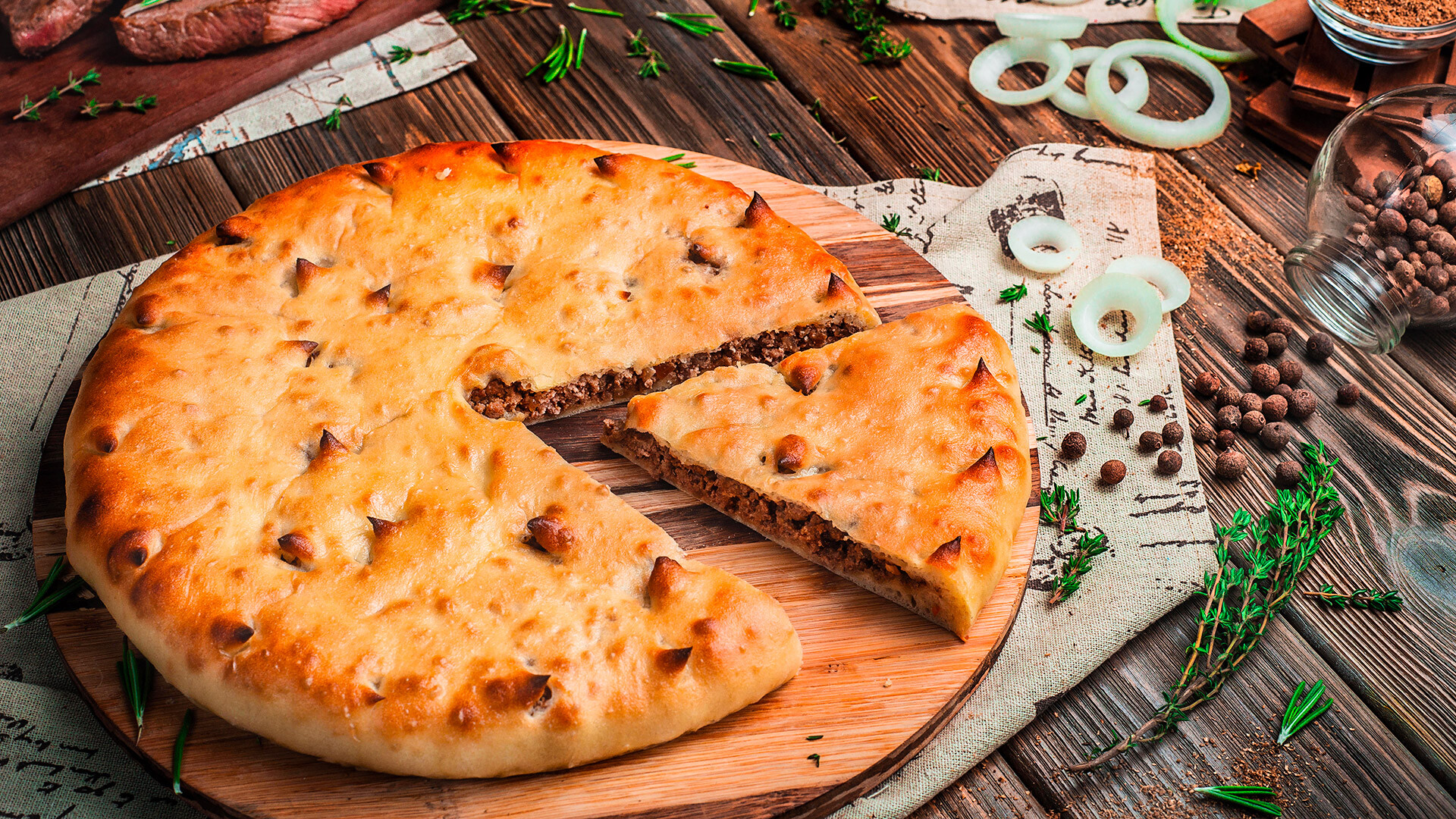
The Russian Caucasus is a mostly highland area sandwiched between the Caspian and the Black seas. The multi-ethnic population has been living here side by side for centuries (read more about the Russian Caucasus here).
The peoples of Dagestan, North Ossetia, Chechnya, Kabardino-Balkaria, Karachay-Cherkessia and other territories have their own national cuisine, which, however, is based on nourishing dishes and lots of fresh greenery. Below are the most popular Caucasian gastronomic delights you can try in Russia (according to us!).
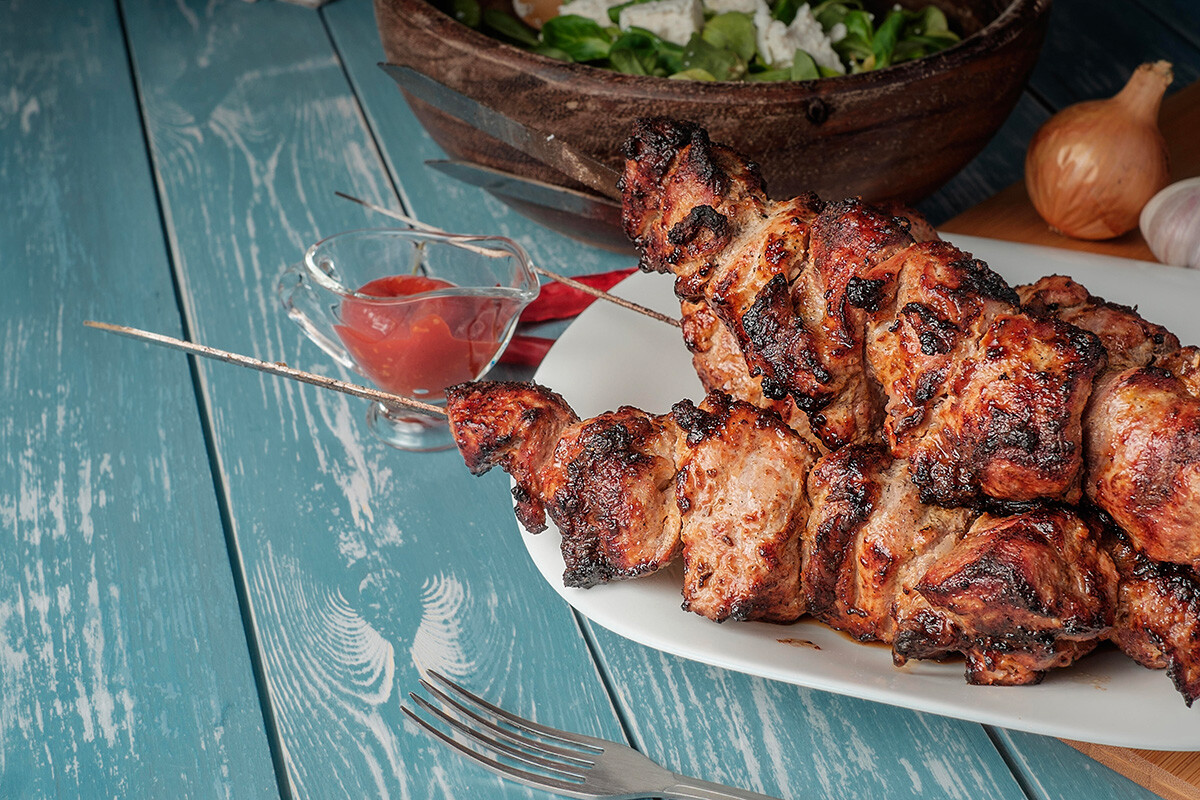
Meat pieces on a skewer (usually lamb or chicken) is one of the most popular Caucasian dishes that entered Russian cuisine in the late 19th century and, in Soviet times, it became synonymous with spring and summer weekends. Now it can be found in literally every corner of Russia and not only in restaurants. Having BBQs outside is what Russians adore the most! Before grilling, the meat should be marinated and there are dozens of ways and ingredients to do it!

This flatbread with various fillings is the king of the table in the neighborhooding republics of Kabardino-Balkaria and Karachay-Cherkessia. However, khychins are completely different and are a matter of dispute between the local chefs. Balkar khychins are thin flatbreads, while Karachay ones are made from puffy dough with kefir or milk. Mostly, they are stuffed with potatoes, herbs and meat. Nevertheless, if visiting one of these regions, be ready for the khychin attack on your stomach.

This is the most Dagestani dish you can find. It sounds like the Georgian khinkali, but here the boiled dough and meat are served separately. Dagestan is the home for about 30 ethnic groups and they all cook khinkal in their own way. The Avar people use large pieces of dough, the Laks - small strips, the Kumyks roll it into thin rhombuses, while the Dargins twist it into “snails” and then steam. Which is tastier is only possible to decide after the gastro trip. (here’s one of the recipes)

Another signature dish of Dagestan cuisine is chudu flatbread. It’s usually stuffed with greens (but savory versions also exist), cooked in a dry pan and smeared with butter or oil.
Chudu has no traditional recipe per se, but it usually has seasonal fillings. Fresh greens (nettle or spring onions) in spring, cheese and young potatoes in summer, pumpkin in fall, lamb in winter (check the recipe).
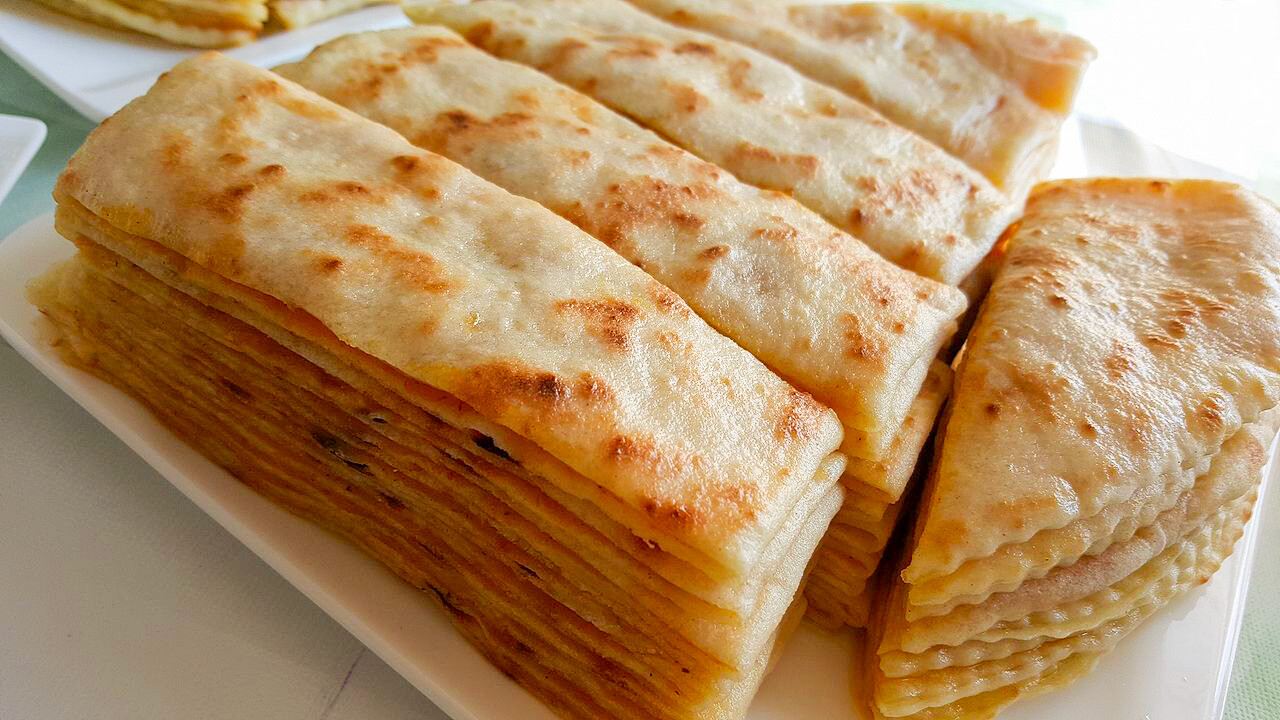
Chechen flatbread is called khingalsh. Unlike chudu and khychin, this dish is made not only from wheat, but also from corn flour. The dough is very thin, almost weightless and the filling is bright and juicy. The most popular filling is pumpkin. When served, khingalsh is usually sliced into pieces. This is also a popular street food in Chechnya (more about ethnic street food in Russia).
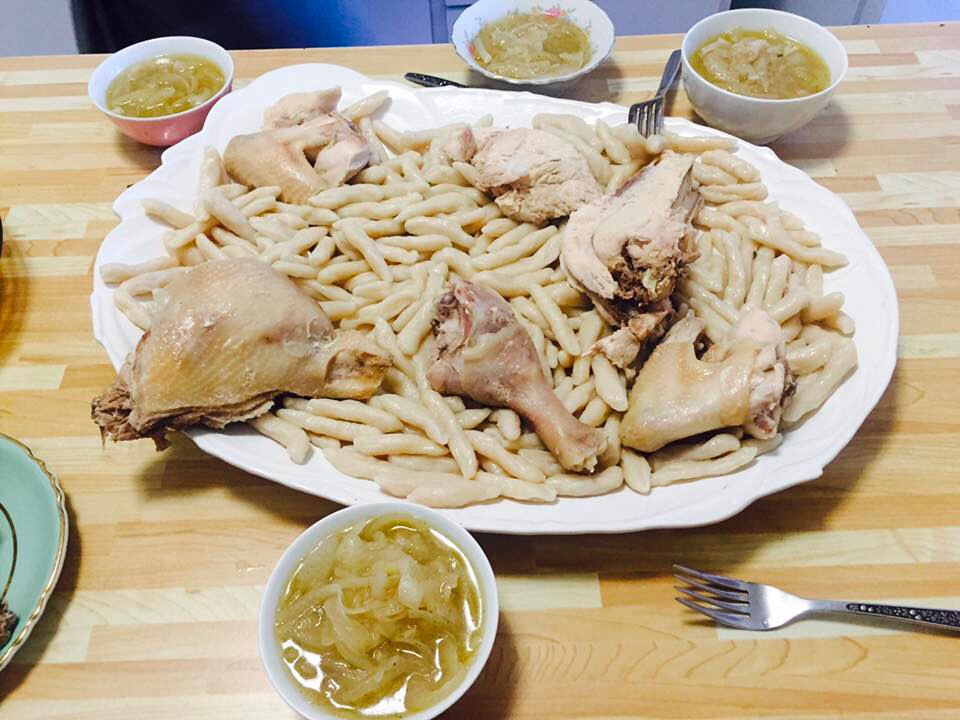
In fact, this hard-to-pronounce dish is simply meat with gnocchi from Chechnya. Zhizhig means meat, galnash means gnocchi. Big slices of meat (lamb, beef or chicken) are boiled and served with wheat-flour gnocchi or dumplings on a deep plate with meat broth.
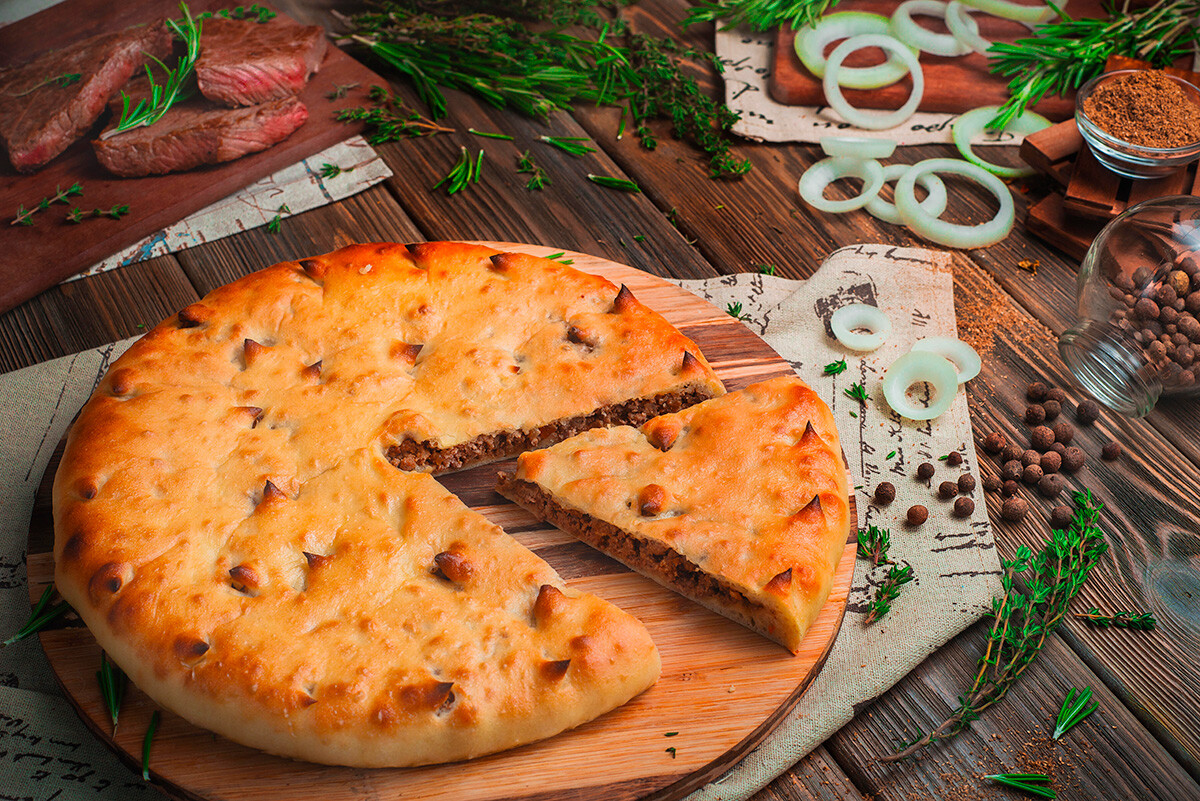
Big and tasty pies from North Ossetia are well-known across Russia, but, in the Caucasus, you can find SO MANY different shapes and fillings!
Fyddzhyny are pies (large or mini) stuffed with chopped beef and broth. Walibah is a pie with homemade Ossetian cheese. Locals also cook pies with pumpkin, potatoes and beans. And they all are worth trying!
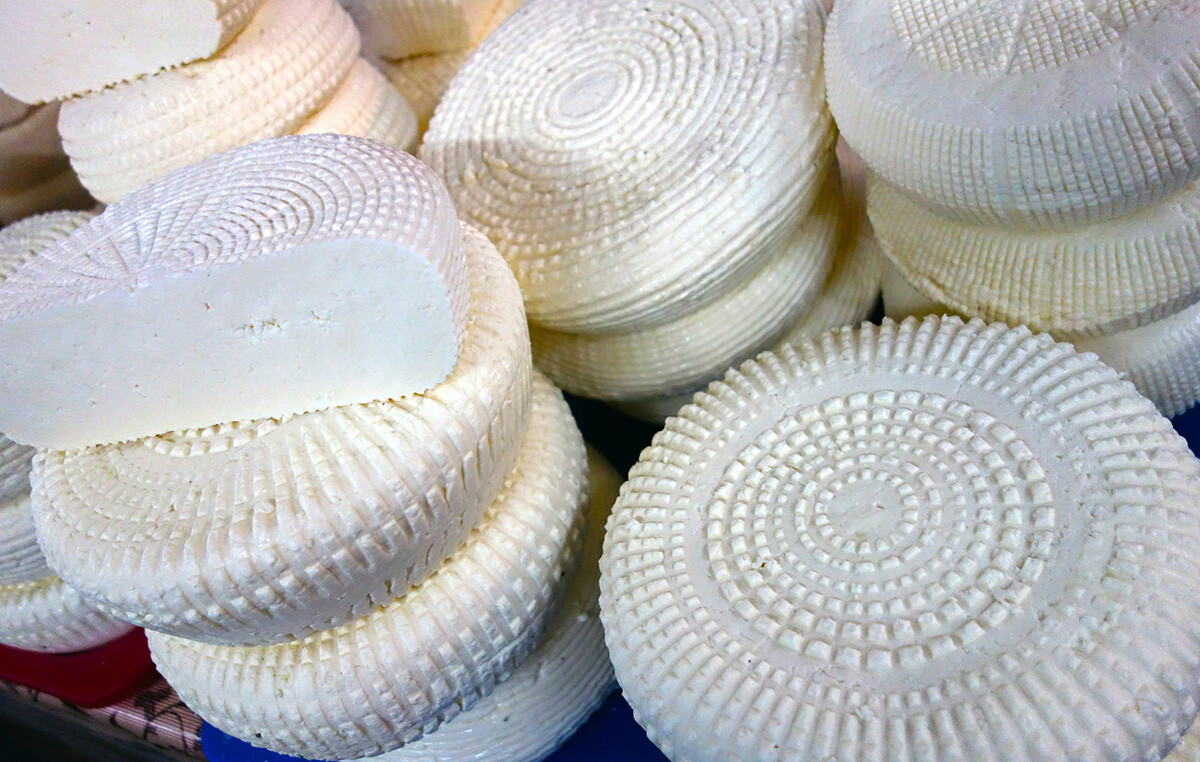
People of Adygea make soft cheese from cow’s milk. This mild type of cheese does not melt when baked or fried and can be crumbled. It used to be totally homemade until the 1980 Olympic Games in Moscow - then Soviets and foreign guests alike had a proper chance to taste it; they liked it and mass production began. In 2009, Adygei cheese received the trademark status of a product with a geographical indication and only companies in Adygea now have the right to use the name of Adygei cheese (but you can try making it at home).
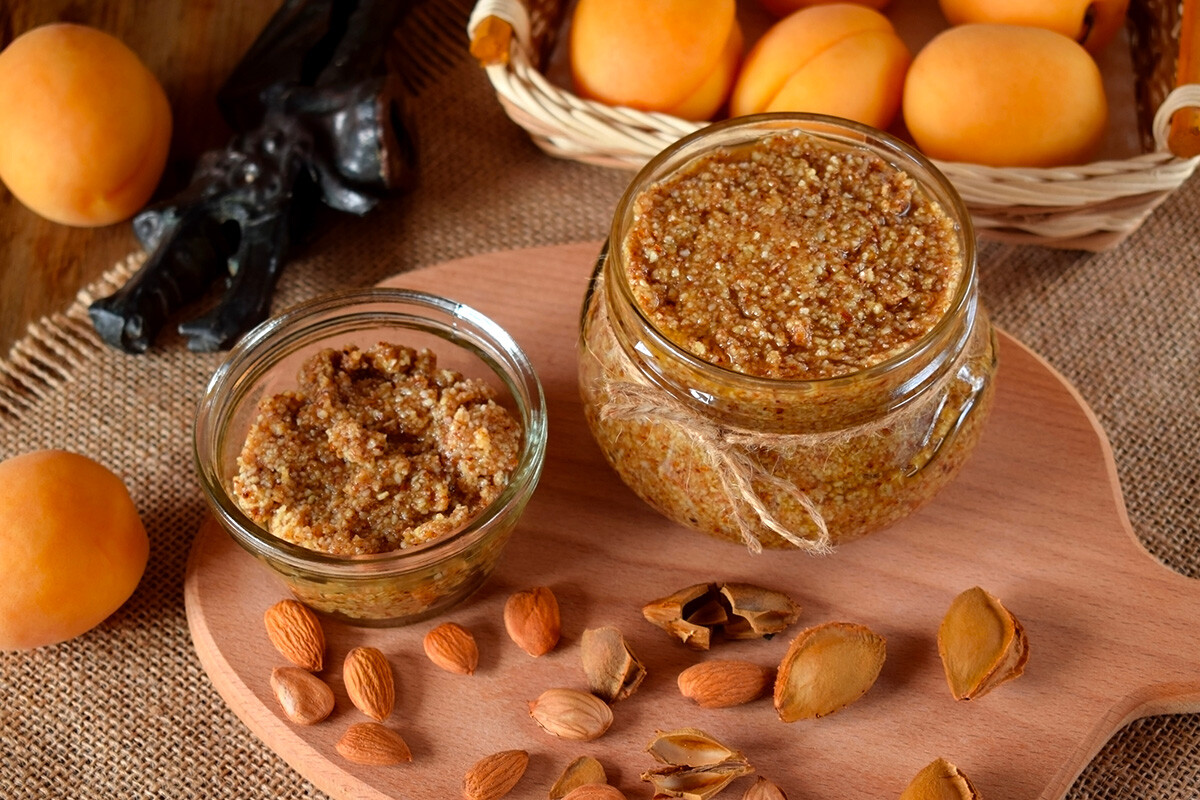
Caucasian “nutella” is called urbech. Actually, this is a butter made from fried almond, cashew, pistachio, walnut, pumpkin seeds and many, many other gifts of nature. In Dagestan, urbech mixed with honey is a popular dessert and even used as a remedy.

Caucasians treat fermented milk drinks for their healthy properties. Kefir, or sour cow milk, is the most popular among them. Originated in the Caucasus (modern Kabardino-Balkaria and Karachay-Cherkessia), it spread around Russia more than a century ago and now is considered an important part of the Russian diet.
Dear readers,
Our website and social media accounts are under threat of being restricted or banned, due to the current circumstances. So, to keep up with our latest content, simply do the following:
If using any of Russia Beyond's content, partly or in full, always provide an active hyperlink to the original material.
Subscribe
to our newsletter!
Get the week's best stories straight to your inbox